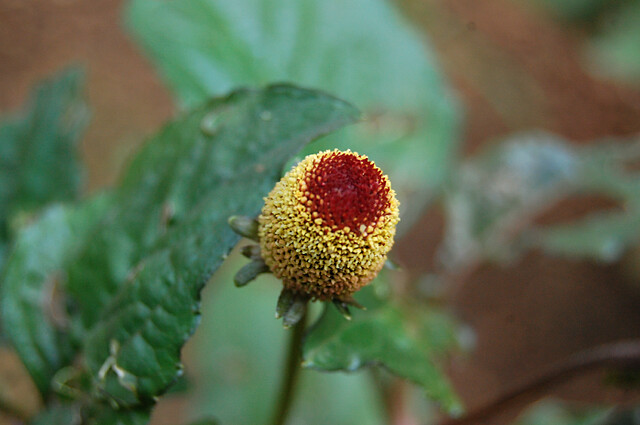Materia Medica: Teasel (Dipsacus spp.)
Disclaimer: This Materia Medica is provided for informational purposes only and should not replace professional medical advice. Please consult with a qualified healthcare practitioner or herbalist before using any herbal remedies.
Introduction: Teasel, scientifically known as Dipsacus, is a remarkable herb that has been used for centuries in herbal medicine, primarily in Europe and Asia. Its common name, “teasel,” refers to the spiky, conical seed heads that resemble the heads of brushes or combs. This plant belongs to the Dipsacaceae family and has a rich history of traditional use for various health conditions. As a professional herbalist, I’ll provide an exhaustive Materia Medica for teasel, covering its botanical description, traditional uses, medicinal properties, preparation methods, safety considerations, and more.
Botanical Description:
- Teasel is a biennial or perennial herbaceous plant, depending on the species.
- It typically grows to a height of 3 to 6 feet and has tall, erect stems.
- The leaves are opposite, lance-shaped, and arranged in a rosette during the first year, becoming progressively more alternate as the plant matures.
- The distinctive feature of teasel is its cylindrical, spiky flower head, which forms a cone-like structure. The spines on the seed heads were historically used in textile processing.
- Teasel flowers bloom from July to September and are often pink, lavender, or purple.
- The root of the plant is the primary medicinal part, although the seeds and aerial parts have also been used in herbal remedies.
Traditional Uses:
- Musculoskeletal Support:
- Teasel has a long history of use for its potential to support musculoskeletal health. It’s often employed in cases of joint stiffness, muscle tension, and discomfort.
- It may be used topically as a poultice or infused oil for massaging sore muscles and joints.
- Lyme Disease and Co-Infections:
- Teasel has gained attention for its potential role in managing Lyme disease and its associated co-infections. Some herbalists believe it can help support the body’s natural defenses against these infections.
- Immune Support:
- Traditional herbalists have used teasel to enhance the immune system’s resilience, especially during the cold and flu season.
- Detoxification:
- Teasel has been suggested as a detoxifying herb, helping the body eliminate waste products and toxins.
- General Tonic:
- Some herbalists use teasel as a general tonic for overall health and well-being.
Medicinal Properties:
- Anti-inflammatory
- Analgesic (pain-relieving)
- Immunomodulatory
- Antibacterial
- Diuretic
- Antioxidant
Preparation Methods:
- Teasel Root Tincture:
- Finely chop dried teasel roots and fill a glass jar.
- Cover the roots with high-proof alcohol (e.g., vodka or brandy).
- Seal the jar and let it sit for at least 4-6 weeks, shaking it daily.
- Strain the tincture and store it in a dark glass bottle.
- Typical dosage: 30-60 drops, up to three times a day.
- Teasel Root Decoction:
- Simmer dried teasel roots in water for 20-30 minutes.
- Strain and drink as a tea.
- Typical dosage: 1-2 cups daily.
Safety Considerations:
- Teasel is generally considered safe when used as directed, but it should be avoided during pregnancy and breastfeeding.
- Always consult with a qualified healthcare provider or herbalist before using teasel, especially if you have underlying health conditions or are taking medications.
- Do not use teasel if you have known allergies to plants in the Dipsacus family.
Conclusion: Teasel is a versatile herb with a long history of use in traditional herbal medicine. As a professional herbalist, it’s essential to understand its traditional uses, medicinal properties, and preparation methods. While teasel has shown promise in various health applications, further scientific research is needed to validate its efficacy. Always approach herbal remedies with caution and seek guidance from experienced practitioners to ensure safe and effective use.





